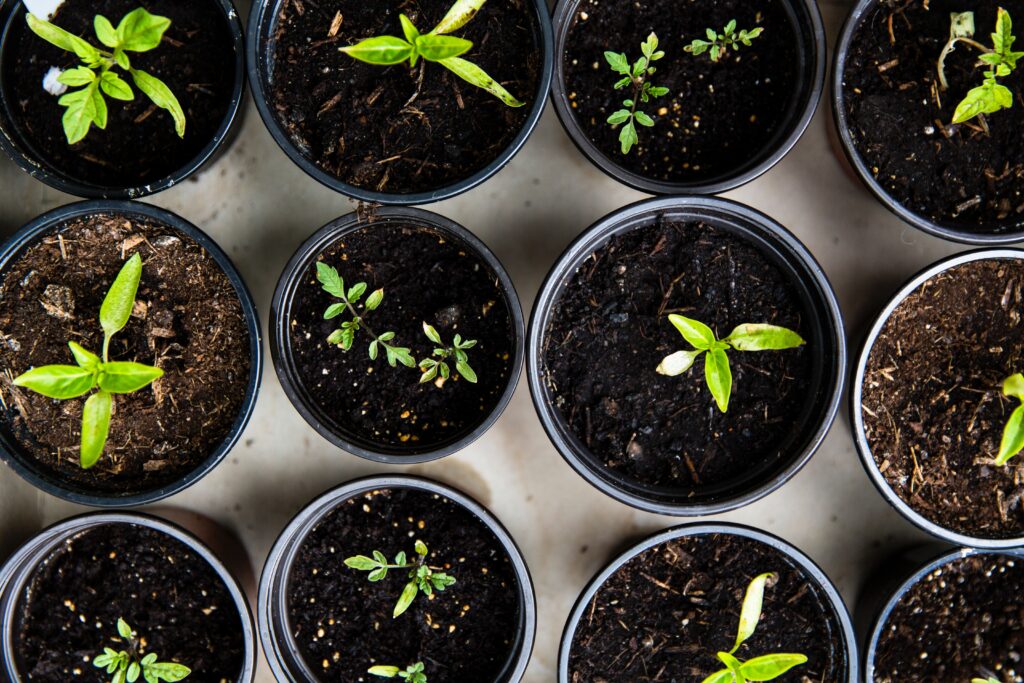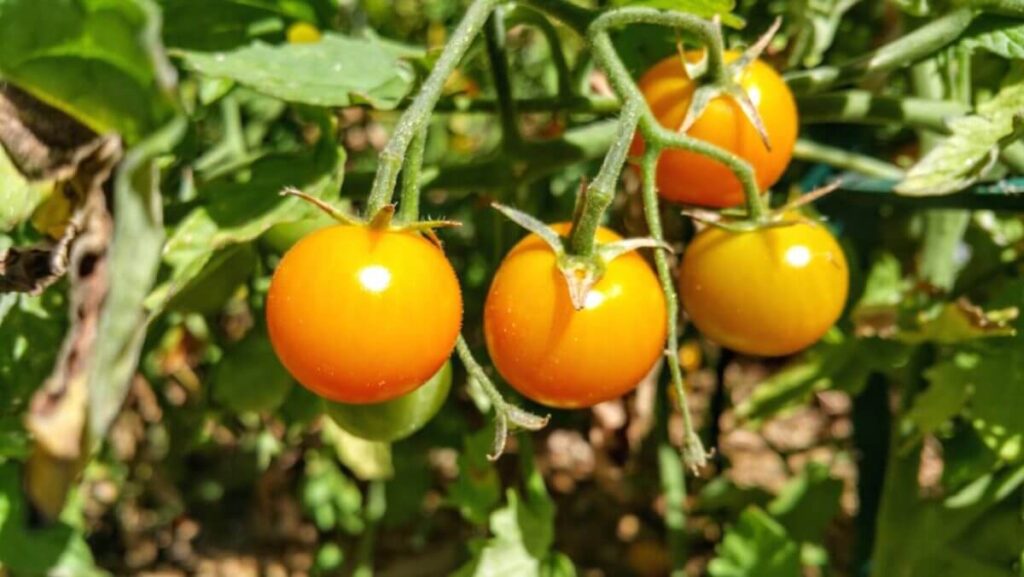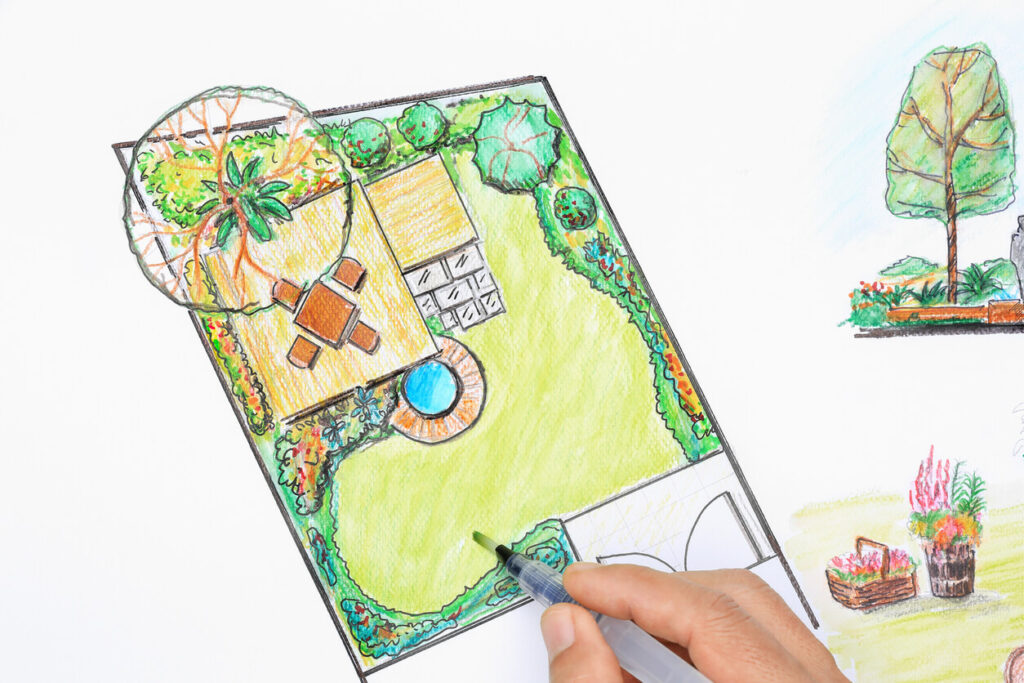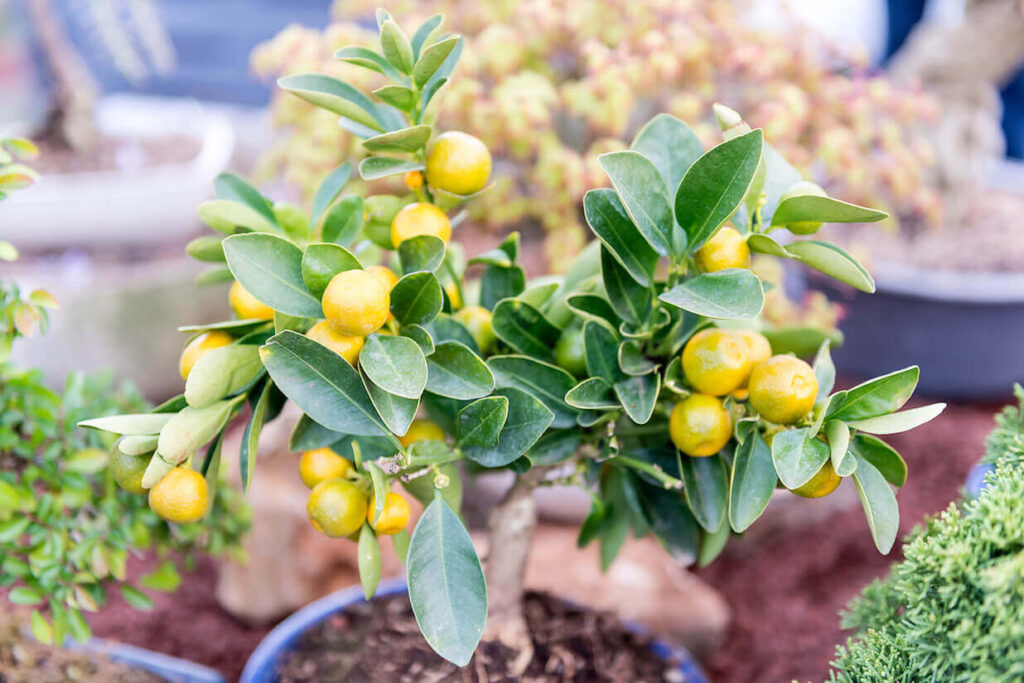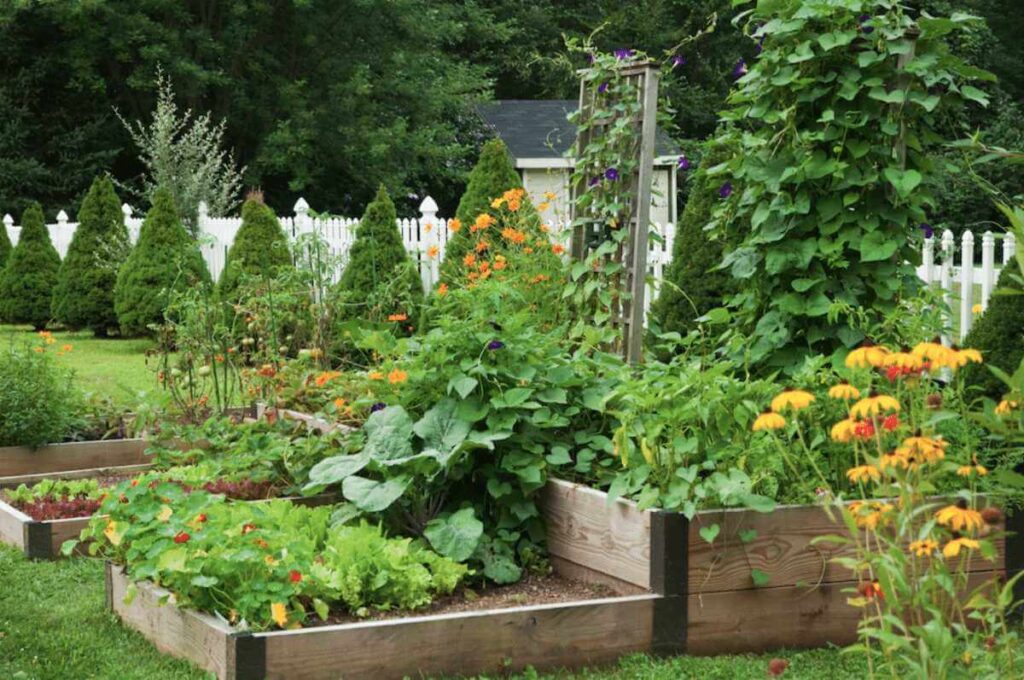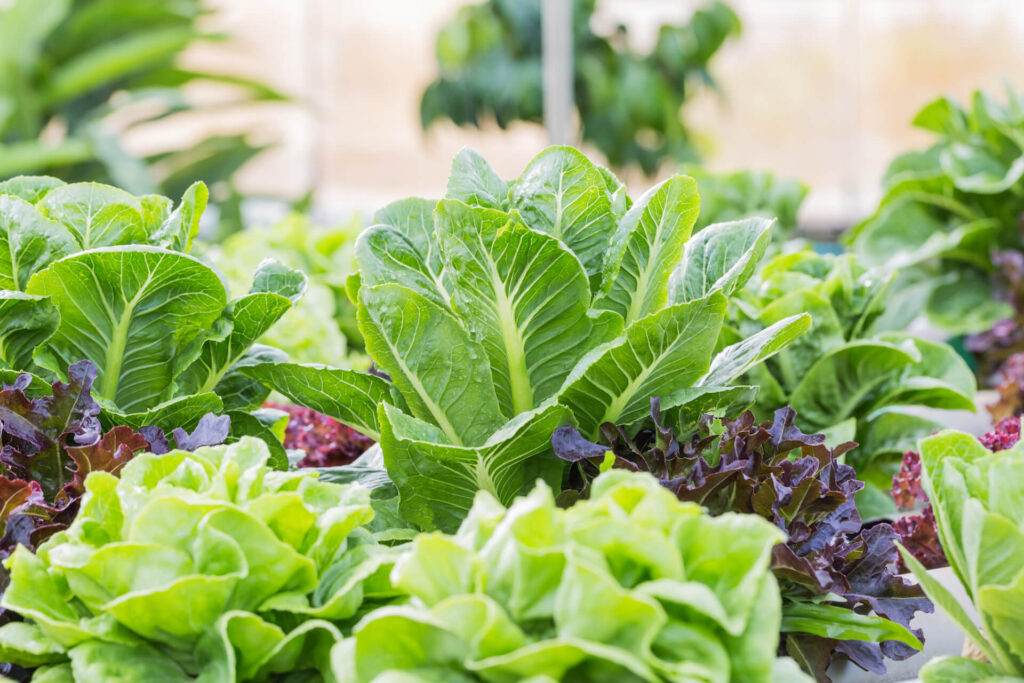Flowers don’t have to stop growing and blooming after spring. In fact, you can have a garden full of fragrant and colorful blooms even on the hottest days of the summer. You can fill your containers and beds with beautiful little flowers or bold, show-stopping blooms. Read the list below for inspiration on how to grow summer flowers in your garden.
Flowers That Bloom All Summer
Petunias
If you are searching for plants that have stunning, prolific flowers and continue to bloom all summer, petunias will certainly not disappoint.
Petunias can be grown in any climate as an annual, but they can also be grown as perennials in warmer areas. These plants can thrive in direct sunlight for 6-8 hours, but they will dry out in hotter regions. To prevent this, protect petunias from the afternoon sun and make sure their soil stays moist throughout the summer.
Hibiscus
Hibiscuses are perennial favorites with broad, glossy leaves and make great summer flowers. They produce bold and bright blooms all summer, making them a popular summertime flower. They must be watered frequently, have well-draining soil, and be fertilized every month.
Hydrangeas
These beautiful, cloud-like flowers are surrounded by dark green leaves that add an old-fashioned charm and beauty to any garden. However, they are grown best in garden zones 3-7. They thrive in well-drained, moist soil. While these flowers require plenty of sunlight, they may also be burned if they receive too much. Hydrangea varieties may need to be checked for fall or summer pruning.
Drought-Tolerant Flowers
Black-Eyed Susan’s
These are great summer flowers! These perennials are not only beautiful in color but also drought-tolerant and easy to maintain. They attract plenty of pollinators but are highly sought-after by bees and birds. These summer flowers can be grown in full sun to partial shade and require light fertilization in autumn.
Geranium
They come in a fantastic array of colors and shapes. They can thrive in both containers and the ground. The hardy geranium is great for adding color to a water-wise garden. You should plant them in full sun and use well-draining soil. Fertilize every six weeks during their active growing season.
Sunpatiens
Sunpatiens are great for forgetful gardeners or in areas prone to droughts. Sunpatiens are easy to maintain and come in many colors, making them a great addition to the list of summer flowers we can grow. These perennials should be planted in well-draining soil.
Flowers That Love The Sun
Zinnias
These annuals come in various sizes, petal formations, and colors that add a bit of adventure to your garden. Zinnias love full sun and well-draining soil.
Pentas
Pentas are perennials that love the sun and have a knack for attracting butterflies. They are great for filling gaps in your summer garden with butterflies and flowers. They should be in full sunlight with moist soil. To encourage prolific and consistent blooms, fertilize them once a month.
Salvia
Salvia is a genus of plants that thrive in hot and dry climates. These perennials are hardy and add color to gardens all year. They will thrive as long as they are planted in well-draining soil and occasionally watered, so they don’t dry out.
Low-Maintenance Summer Flowers
Lantana
Although they are tiny, these flowers can be very powerful! Lantana flowers are bold in color and have a great fragrance that entices pollinators. They are easy to maintain and can thrive with very little care. Lantana can also be grown in frost-free areas as a perennial. These plants should be watered once a week and fertilized when they are first planted, if not throughout the summer.
Marigolds
These attractive annual plants look great and are easy to grow. Once their roots have been established, these plants require minimal watering. These summer flowers should be planted in a sunny spot with well-draining soil.
Shasta Daisy
These perennials bring a classic summery feel to your garden. They should be planted in moderately fertilized soil and watered once or twice weekly. They are usually very tolerant to dry periods. After the first frost, their stems should be cut back.
